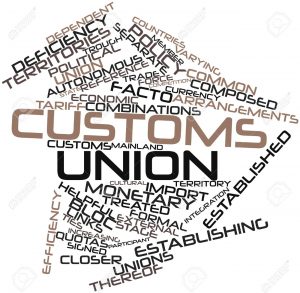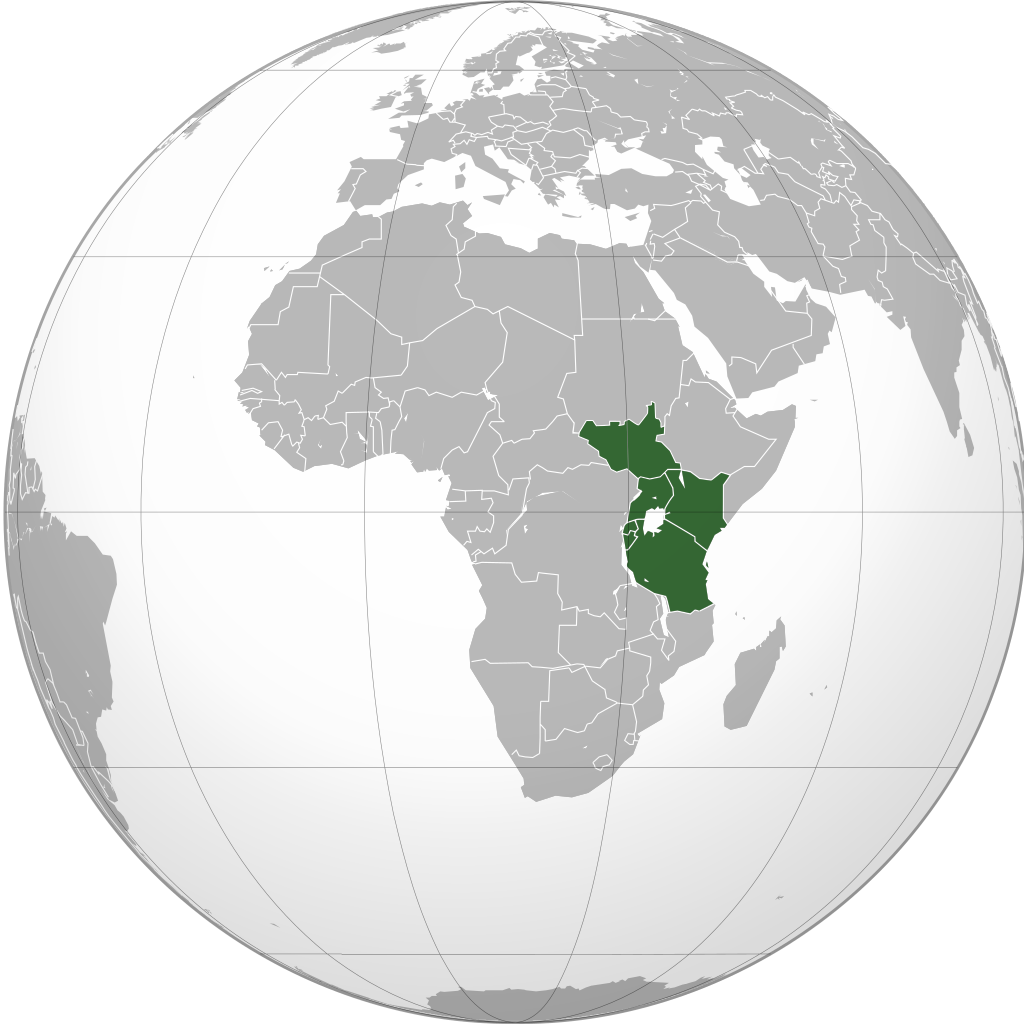Home > About Us > EAC Pillars
Customs Union
Protocol on Customs Union Signed in 2005. Five years to implement.
OVERVIEW:
A customs union is a type of trade bloc which is composed of a free trade area with a common external tariff. The participant countries set up common external trade policy. Hence, a Customs Union entails free trade within the Union and one common set of Tariffs for imports originating from the outside of the Region. Regional trade preferences shall enhance regional trade.
BENEFITS/AIMS
> Facilitates trade within the Community and improves economic competitiveness.
OVERVIEW:
> Establishment of Common Tariffs structure for all of EAC.
> Formation of Single Customs Territory. Transferring custom borders to the EAC rather than national borders.
> Collection of Customs Revenue at first point of entry to the community.
PROGRESS:
EAC has a Common External Tariff. However there are some derogations to these Tariffs.
Common Customs territory with no customs procedures between countries is yet to be established.

COMMON MARKET (2010)
The Protocol came to effect in July, 2010.
OVERVIEW:
A common market is a type of trade bloc in which most trade barriers have been removed (for goods) with some common policies on product regulation, and freedom of movement of the factors of production (capital and labour) and of enterprises and services. The goal is that the movement of capital, labour, goods, and services between the members is as easy as as possible. The physical (borders), technical (standards) and Fiscal (taxes) barriers among the member states are removed.
BENEFITS/AIMS
> EAC to operate as a single market with free movement of capital, labour, goods and services to enhance economic growth.
OVERVIEW:
>Eliminate non-tariff barriers to trade (roadblocks, bans, high fees)
> Remove (some) restrictions on the rights of workers to work anywhere
within the EAC.
> Eliminate restrictions on movement of capital.
> Eliminate restriction on provision of services.
> Ensure convertibility of currencies.
> Harmonize a wide range of business regulations (food hygiene standards, technical regulations)
PROGRESS:
> Prevalence of Non-tariff barriers decreased but many remain.
> Removal of some barriers on movement of labour and capital.
> Some progress in harmonizing regulations across the EAC.
MONETARY UNION (2015)
>> Envisaged in the Common Market Protocol by 2024
OVERVIEW
Countries joining to have a single currency monitored and controlled by one central bank (or several central banks with closely coordinated monetary policies).
BENEFITS/AIMS
>> Single currency within the EAC will sharply lower the costs of financial
transactions between EAC Members.
OVERVIEW:
>> Harmonisation of monetary and exchange rate policies (Payment and
settlement systems (EAPS), Banking supervision, Banking and Currency
(bank notes and Coins), ICT, Financial markets)
>> Harmonisation of fiscal policies (Excise Tax, Value Added tax, Conclusion of Double Taxation Agreements, Budget process coordination at regional level through consultative meetings)
PROGRESS:
>> Harmonization of tax structures limited.
t Double taxation agreements in place.
t Monetary and exchange regimes still divergent.
POLITICAL FEDERATION
<> No relevant Protocol signed to date. Work on ad hoc basis.
OVERVIEW
The Political Federation is the ultimate goal of the EAC Regional Integration.
It is provided for under Article 5(2) of the Treaty for the Establishment of
the EAC and founded on three pillars: common foreign and security policies,
good governance and effective implementation of the prior stages of Integration
BENEFITS/AIMS
<> to enhance Peace and Security and Good Governance and to lay a foundation for Political Federation.
OVERVIEW:
<> Institutionalisation of the EAC Forum of National Human Rights Commissions.
<> Development of a protocol on good governance.
<> Foreign policy coordination
<> EAC Forum of Chiefs of Justice
<>Establishment of the EAC Forum of National Electoral Bodies
PROGRESS:
<> EAC has undertaken many initiatives under a broad area of political integration. The exact modalities and extend of Political Federalism TBD
